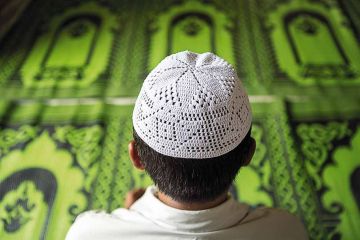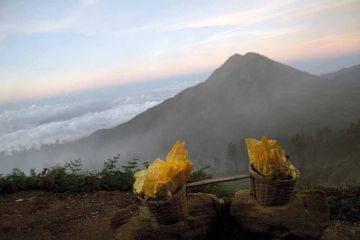“Remember
where there used to be trees full of clementines, and peaches, and olives here,
remember?” asked five-year-old Zain upon my return to Rafah, after the last war
in 2014. “The soldiers took them,” he explained. Like most farmers, his father
Sami Qudaih cannot afford to buy his family a new home and cultivate land in a
safer part of the Strip. They’re forced to build and rebuild their home, war
after war, on the land from where the eyes can only see the border, and sniper
towers surround children’s playgrounds.
Most of
the Palestinian farmland in Gaza is located at the so-called buffer zones—a no
man’s land that was established as a safety barrier by Israel. Bullets and tank
shells frequently land in their fields, and shrapnel often decorates their
homes. Even though the official length of the “safety zone” is 300 metres, in
reality, the buffer zone can extend up to 1,500 metres from the fence (border
with Israel), and is enforced with lethal force.
Jihan
and Mohammad Abu Daqqa were raising five children in the town of Khan Younis.
Their house was roughly 300m from the Israeli border. After the war in 2014,
they were left with nothing—their land was bombed and so was their home. The
harvest they were storing in the shed next to the house was also destroyed
along the way. “I’ve been through dozens of wars, I’ve witnessed everything.
Our home was always affected, but not to this dimension,” Mohammed Abu Daqqa
recalls. “But when I hear stories from others, I’m just thankful my family is
alive.”
War has
critically weakened the agricultural economy and destroyed much of the
farmland. During my previous visit to Gaza Strip in the same period, it was
harvesting season. After the 2014 war—the Operation Protective Edge—olives,
clementines and eggplants were not there to be harvested.
We were
sitting in Khalil Zaanin’s farm in the northern part of the Strip, when a man
on a donkey cart passed us by. They greeted each other by raising a hand. A
little after, Khalil told me, that the man, a fellow farmer, has lost 17
members of his family in the 2014 war—and he was the only one that
survived.“It’s a life with no guarantees whatsoever...whether you have plans or
not, it doesn’t matter,” says Khalil.
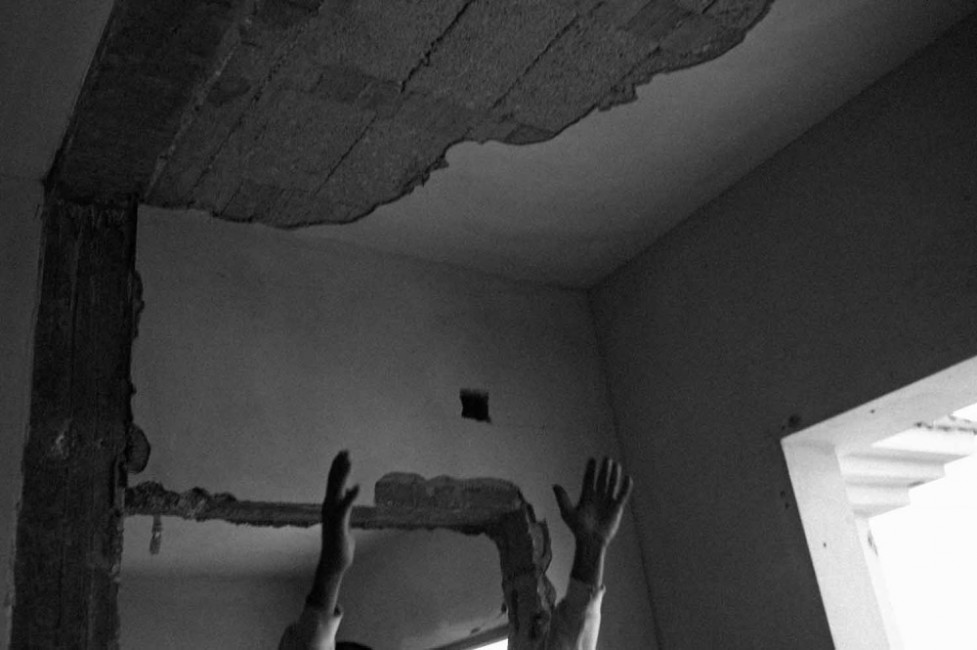
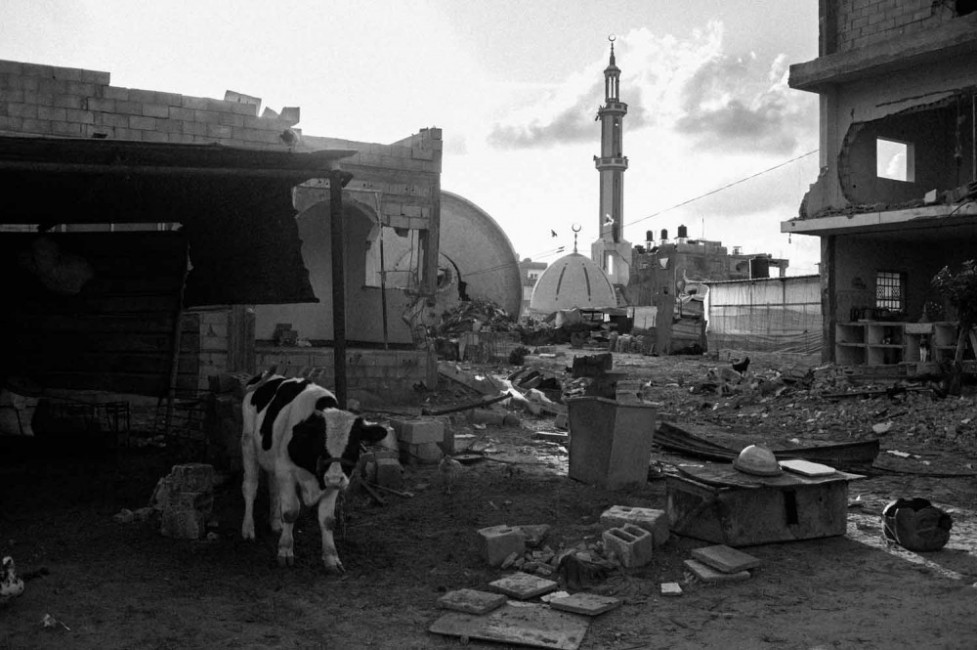
A
farm in ruins and a demolished mosque in
Khuza’a, Khan Younis, southern Gaza on November 3, 2014.

Kemal Abu Rauk and his wife burn the overgrowth on their farmland in Khan Younis.
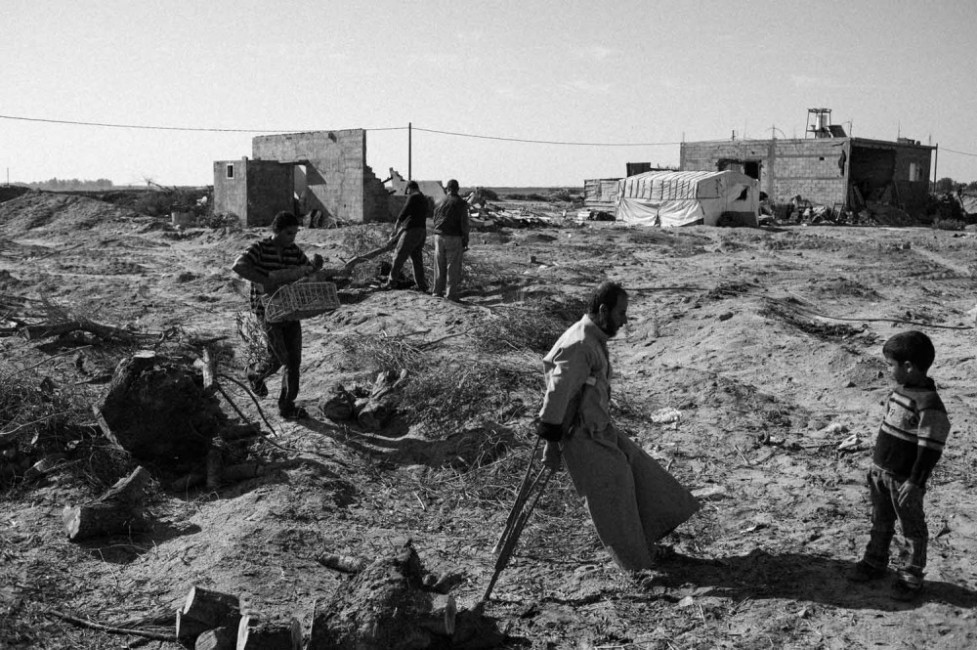
Samir al-Daberi walks in his bulldozed land near the buffer zone in Rafah, southern Gaza. Samir lost one leg during the second war in Gaza. He had to hire workers to remove ruined olive trees. Al-Daberi used to live on the farm, but his house was destroyed during the war.

Bird-hunting cage inside the 300m buffer
zone in Khan Younis.

A baby sleeps in her mother’s lap on a
tricycle in Rafah. Her father is loading the produce.
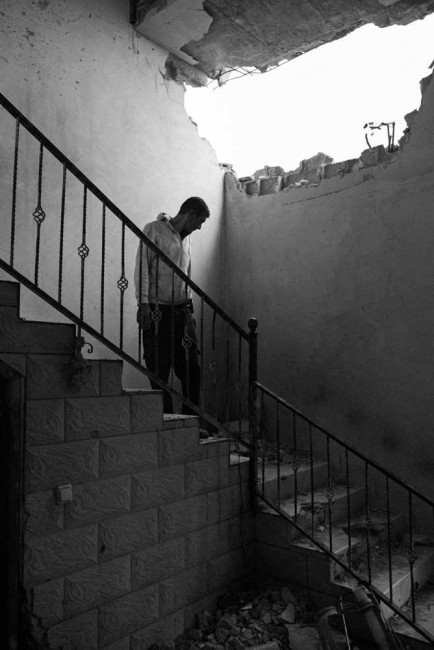
Mohammed Abu Daqqa stands on the stairway of his house, taking stock of the damage cause by a missile attack. Khan Younis, southern Gaza.

Farmers set up an irrigation system in Beit
Lahia, northern Gaza Strip.
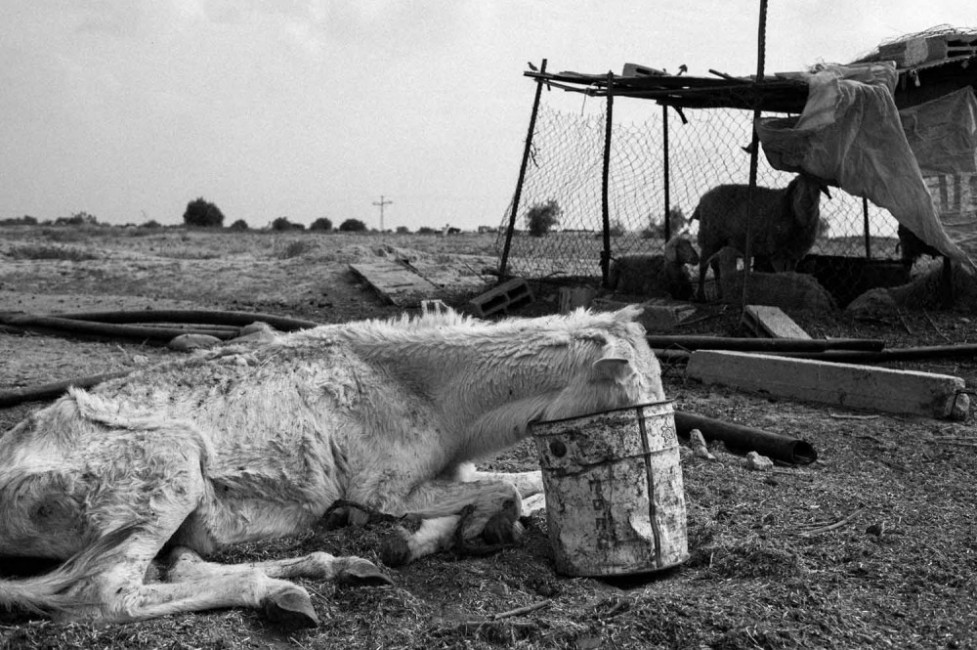
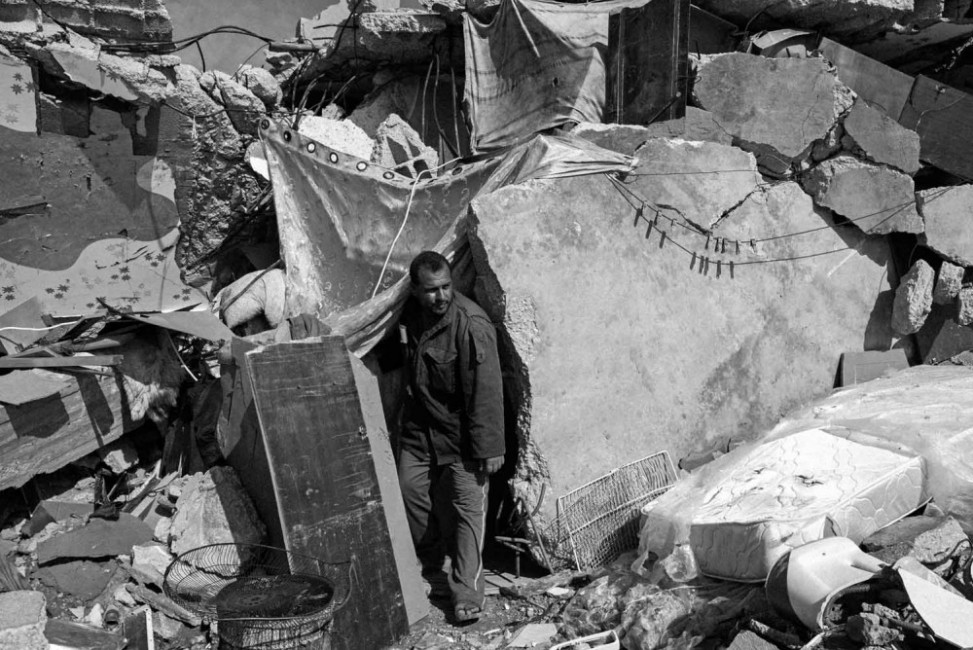
Al Khumaini Msallam Qudiah gets out of his house that was bulldozed by the Israeli Army in Khan Younis. He lives in the ruins with his sons, while his wife and daughters live with relatives. He has started rebuilding with the bricks of his broken house.


